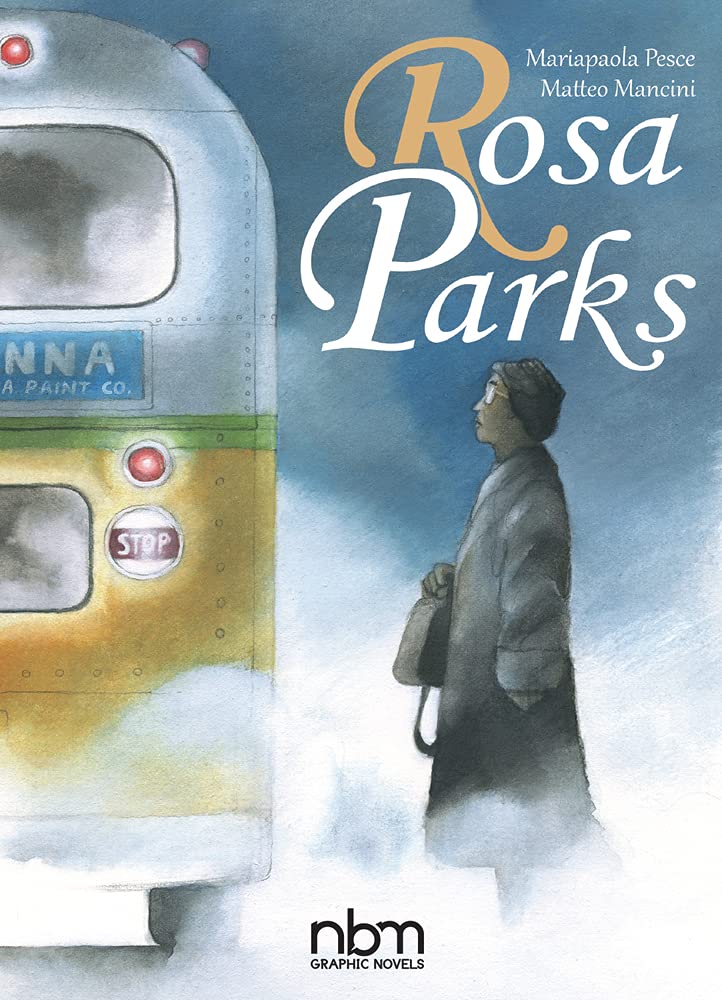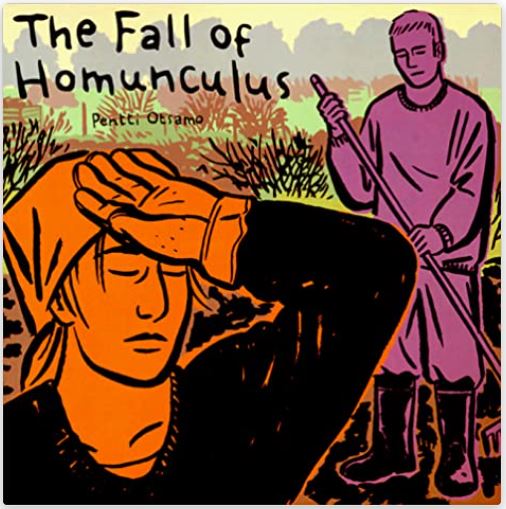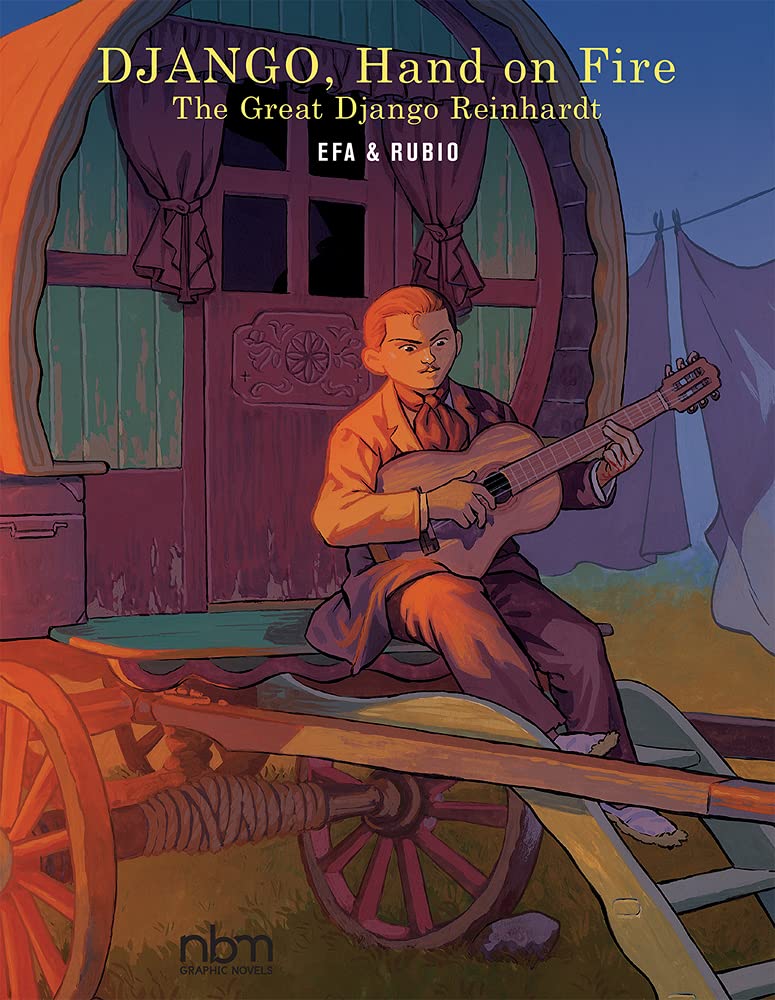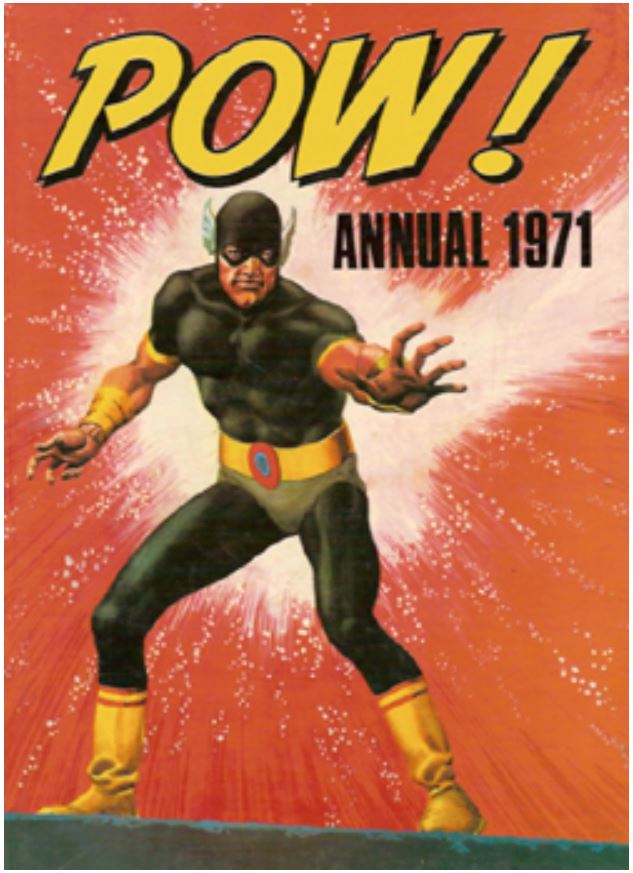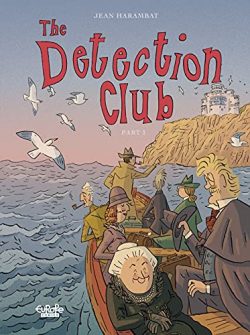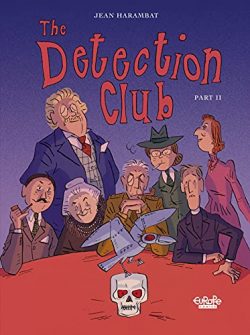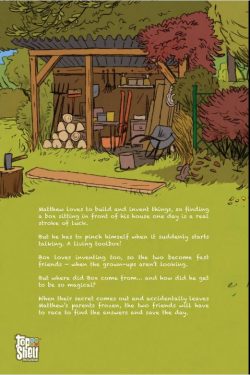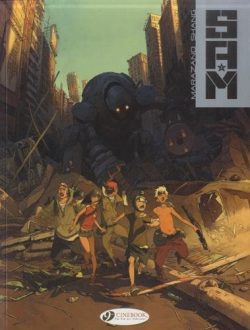


By Giorgio Cavazzano & Joris Chamberlain and many & various: translated by David Gerstein & Jonathan H. Gray (Fantagraphics Books)
ISBN: 978-1-68396-369-1 (HB) eISBN 978-1-68396-422-3
Created by Walt Disney and Ub Iwerks, Mickey Mouse was first seen – if not heard – in the silent cartoon Plane Crazy. The animated short fared poorly in a May 1928 test screening and was promptly shelved.
It’s why most people who care cite Steamboat Willie – the fourth completed Mickey feature – as the official debut of the mascot mouse and his co-star and occasional paramour Minnie Mouse since it was the first to be nationally distributed, as well as the first animated feature with synchronised sound. The film’s astounding success led to the subsequent rapid release of its fully completed predecessors Plane Crazy, The Gallopin’ Gaucho and The Barn Dance, once they too had been given new-fangled soundtracks.
From those rather timid and tenuous beginnings grew an immense fantasy empire, but film was not the only way Disney conquered hearts and minds. With Mickey a certified, solid gold screen sensation, the mighty mouse was considered a hot property ripe for full media exploitation and he quickly invaded America’s most powerful and pervasive entertainment medium: comic strips…
In close to a century of existence, Walt Disney’s anthropomorphic everyman Mickey Mouse has tackled his fair share of weirdos and super freaks in tales crafted by gifted creators from every corner of the world. A true global phenomenon, the little wonder staunchly overcame all odds and pushed every boundary, and he’s always done so as the prototypical nice guy beloved by all.
He might have been born in the USA, but the Mouse belongs to all humanity now. Mickey has always been and is still a really big deal in Europe and thus, when his 90th anniversary loomed, a comics movement grew to celebrate the event in a uniquely comic strip way.
Invitations went out to creators with a connection to Disney endeavours from countries like Denmark, Germany, Holland, Italy, Belgium, France and more. The rules were simple: each auteur or team would have a single page to do as they liked to, for and with Mickey and all his Disney pals, with the only proviso that each exploit must begin and end with the Mouse passing through a door. The whole affair would be framed by an opening and closing page from illustrator Giorgio Cavazzano and scenarist Joris Chamberlain…
The result is a stunning joyous and often wholesomely spooky rollercoaster ride through the minds of top flight artists all channelling their own memories, feelings and childhood responses to the potent narrative legacy of Mickey & Friends: a tumbling, capacious, infinitely varied journey of rediscovery and graphic virtuosity that is thrilling, beautiful and supremely satisfying.
This translation comes with an explanatory Foreword laying out the rules far better than I just did and ends with ‘The All-Star Lineup’ offering full and informative mini biographies of all concerned responsible for each page.
They are – in order of appearance – Flix, Dav, Keramidas, Fabrice Parme, Alfred, Brüno, Batem & Nicholas Pothier, Federico Bertolucci & Frédéric Brrémaud, Silvio Camboni & Denis-Pierre Filippi, Thierry Martin, Guillaume Bouzard, José Luis Munuera, Alexis Nesme, Fabrizio Petrossi, Jean-Philippe Peyraud, Pirus, Massimo Fecchi, Boris Mirroir, Godi, Florence Cestac, Éric Hérenguel, Marc Lechuga, Cèsar Ferioli, Tebo, Clarke, Dab’s, Pieter De Pootere, Antonio Lapone, Ulf K, Pascal Regmauld, Johan Pilet & Pothier, Mathilde Domecq, Nicolas Juncker, Jean-Christophe & Pothier, Mike Peraza, Arnaud Poitevin & Chamberlain, Olivier Supiot, Éric Cartier, Zanzim, Marco Rota, Paco Rodriguez, Sascha Wüsterfeld, and the aforementioned Giorgio Cavazzano & Joris Chamberlain.
Frantic, frenzied fun for one and all. Everything you could dream of and so much more…
© 2021 Disney Enterprises, Inc. All rights reserved.


